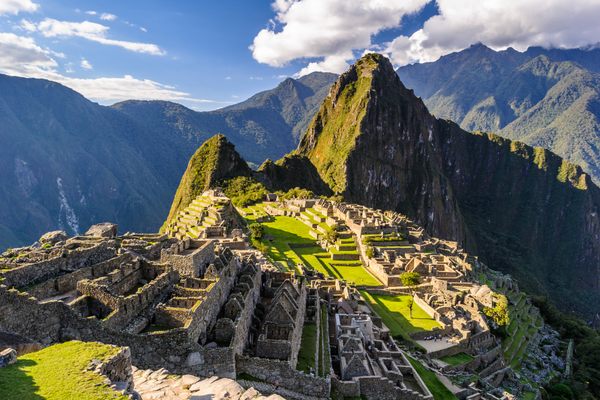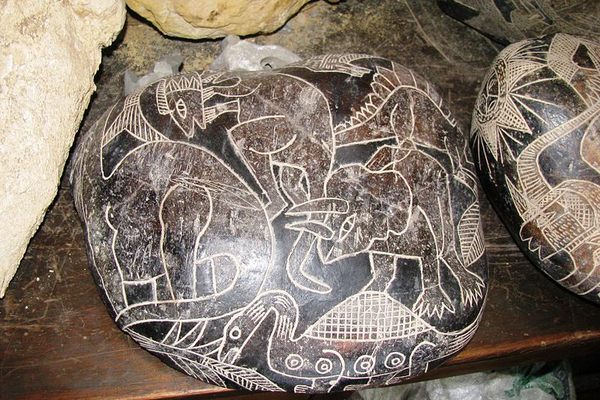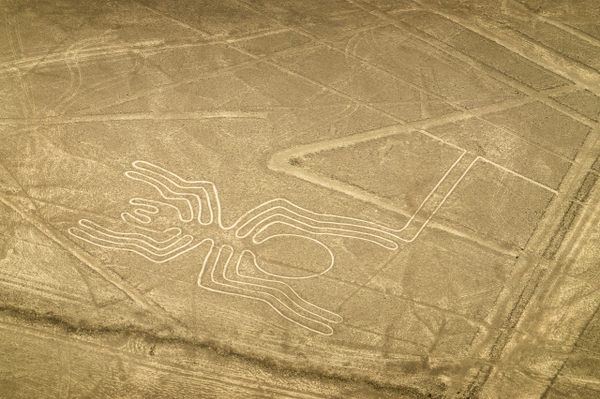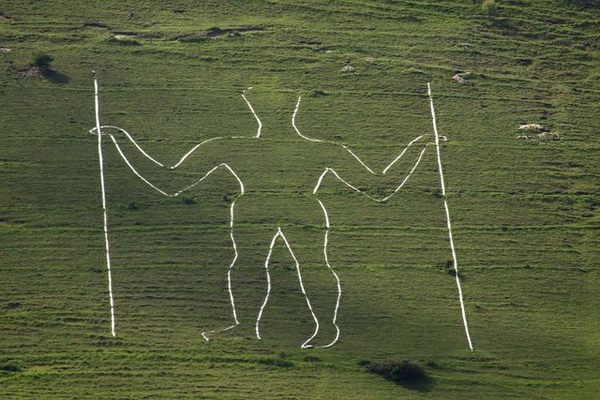Paracas Candelabra
The mysterious "Candelabra of the Andes" could represent anything from a god's trident to a hallucinogenic plant.
Etched deep into a Peruvian seaside hill, the Paracas Candelabra, more colloquially known as the “Candelabra of the Andes,” is a massive geoglyph whose origin is still unknown.
Thanks to carbon dating of artifacts found near the monumental work, it has been dated back to around 200 BCE, but the purpose and creators of the symbol are still unknown. The design, which takes the general form of a bulbous three-pronged fork, is etched a good 2 feet into the petrified sand of the hill and runs almost 600 feet from tip to tip.
Its description as a candelabra is a bit of a misnomer as it has never truly been thought to represent a such an item. Instead a number of theories abound as to its significance. One prominent theory is that the geoglyph is meant to evoke the trident of Incan creator god Viracocha, possibly created in order to curry his favor. Another theory posits that the symbol is meant to stand in for the local Jimson weed which has hallucinogenic effects and may have held a ritual significance, the large design acting as a beacon home for people tripping on the drug. Still others believe that the etching was simply a sign meant for sailors looking for the Paracas coast.
Whatever the true nature of the ancient monument is, it continues to capture the imaginations of researchers and visitors to this day. Maybe its true value is not in the truth of its existence but in the questing it inspires.
Know Before You Go
Visitors can see Paracas Candelabra by taking a boat trip from Paracas to Islas Ballestas (also known as 'poor man's Galapagos'). However you cannot get off the boat so have your camera ready. Boats run daily unless weather conditions are dangerous.


















Follow us on Twitter to get the latest on the world's hidden wonders.
Like us on Facebook to get the latest on the world's hidden wonders.
Follow us on Twitter Like us on Facebook